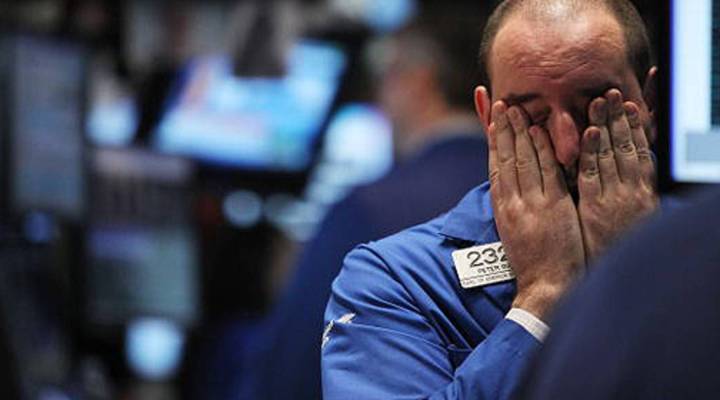
What happens when you shout "buy!"

So what does happen when you shout “buy” at your broker, or hit the “enter” key when you’re making an order on your online trading website?
Well, it’s not like regular shopping: it’s not like walking into the butcher’s shop, seeing sausages are $5 a pound, asking the butcher for five pounds, and handing over $25 in exchange for a nicely-wrapped package of pork.
The first thing to remember is that when you shout “buy!” you haven’t bought anything … yet.
The second thing to understand is just because you asked to buy at a certain price doesn’t mean that you’ll get that price. Let’s walk step-by-step through this process:
Step 1: What you’ve done is called placing an order. Whether you’re an individual with an online trading account or a professional fund manager in charge of billions of dollars of retirement money, your purchase order is the first step in a chain of events.
Step 2: In most cases, if you’re an individual investor using an online broker, your order will be routed to a completely different firm, to someone called a market maker. Big institutions also use market makers.
Step 3: The market maker now looks around all the places where you can buy stock, from exchanges like the NASDAQ and the NYSE to electronic networks like BATS in Kansas City, to see where he or she can get the shares at a price that’s closest to the price you asked for.
Step 4: The market-maker buys the shares, filling the order.
Step 5: The shares are sent to you and placed in your account.
In other words, it’s a bit like going into the butcher’s shop, noticing that while there are no actual sausages in there, there is a sign that says sausages are selling for $5 a pound. You ask the butcher for five pounds, watch her shout the order into the phone, wait for a moment until a messenger boy comes racing into the shop with five pounds of sausages, and then pay for them.
Except you might not pay $25. You might pay $25.50. Or $30. It depends on how much the butcher’s boy can get them for.
A caveat. The process I’ve described above is called placing a market order. That’s when you ask your broker to buy shares at a certain price – usually the price your trading software is telling you people are offering to sell their shares for. You might consider placing a limit order, which is where you tell your broker you don’t want to pay any more than a certain price per share. That way you don’t end up forking out $50 for a bag of dodgy bangers.
And high-frequency trading? Well, some would describe that as a dog running off with your sausages, and making you pay even more for your dinner.
There’s a lot happening in the world. Through it all, Marketplace is here for you.
You rely on Marketplace to break down the world’s events and tell you how it affects you in a fact-based, approachable way. We rely on your financial support to keep making that possible.
Your donation today powers the independent journalism that you rely on. For just $5/month, you can help sustain Marketplace so we can keep reporting on the things that matter to you.


















